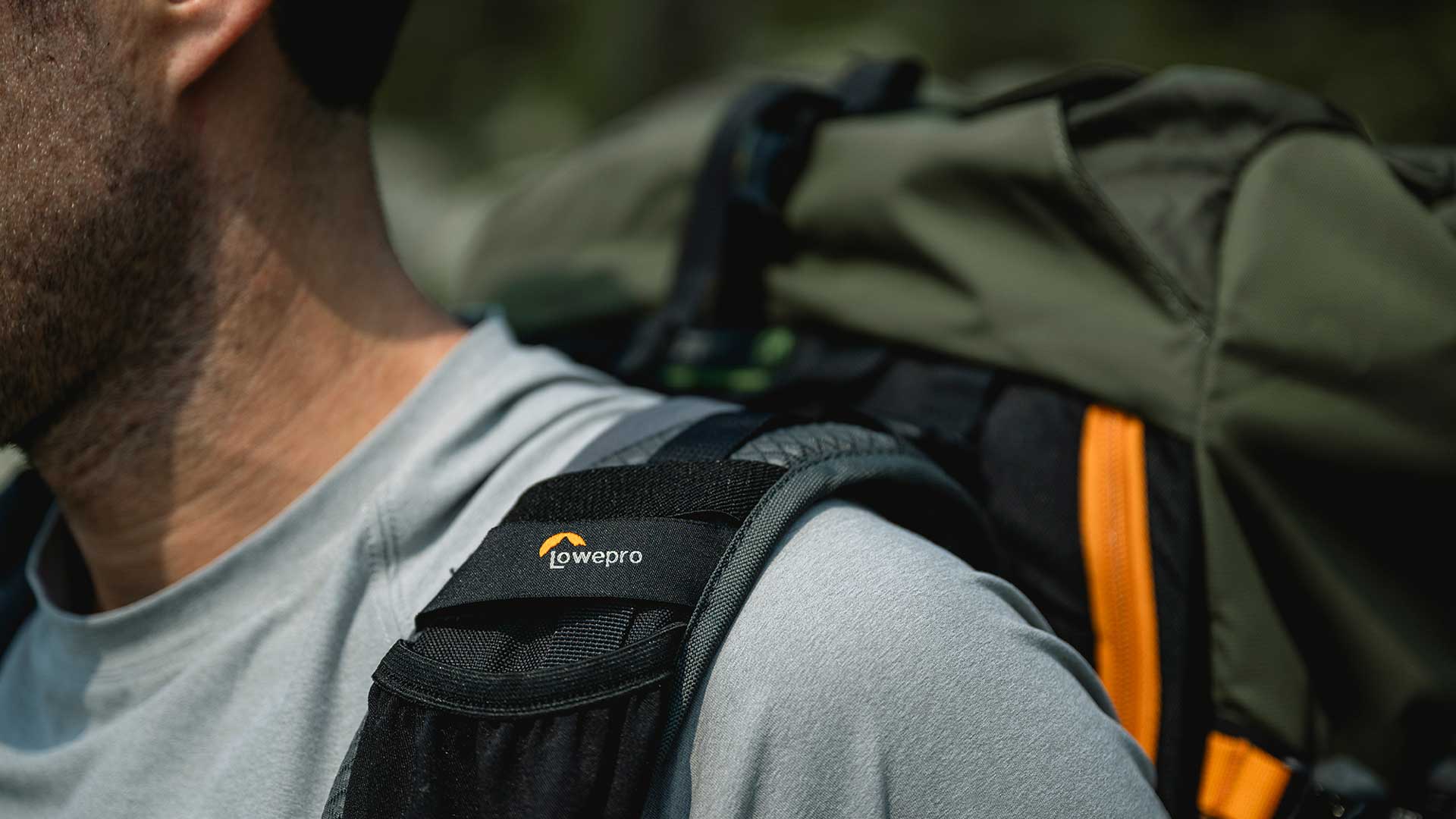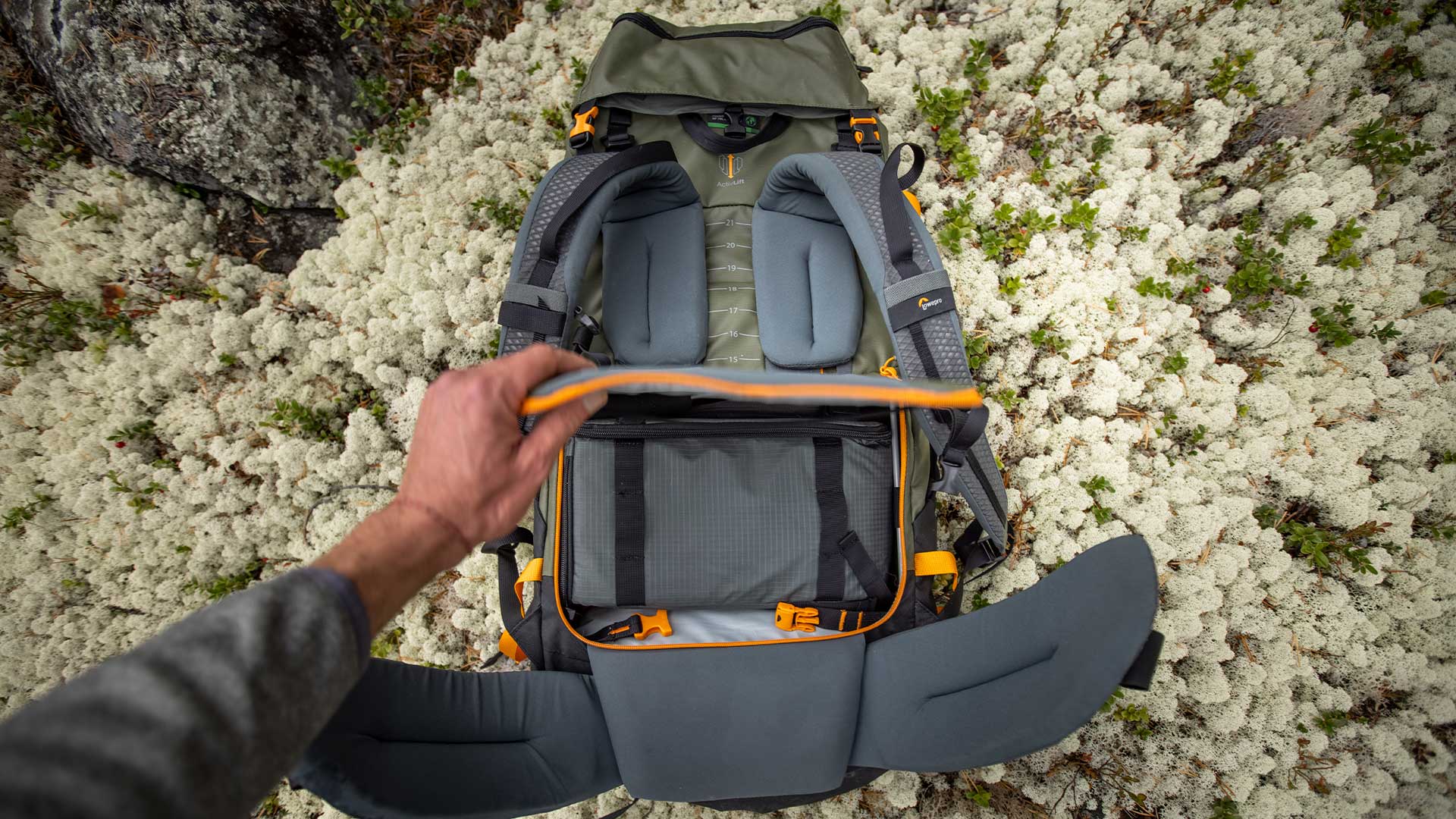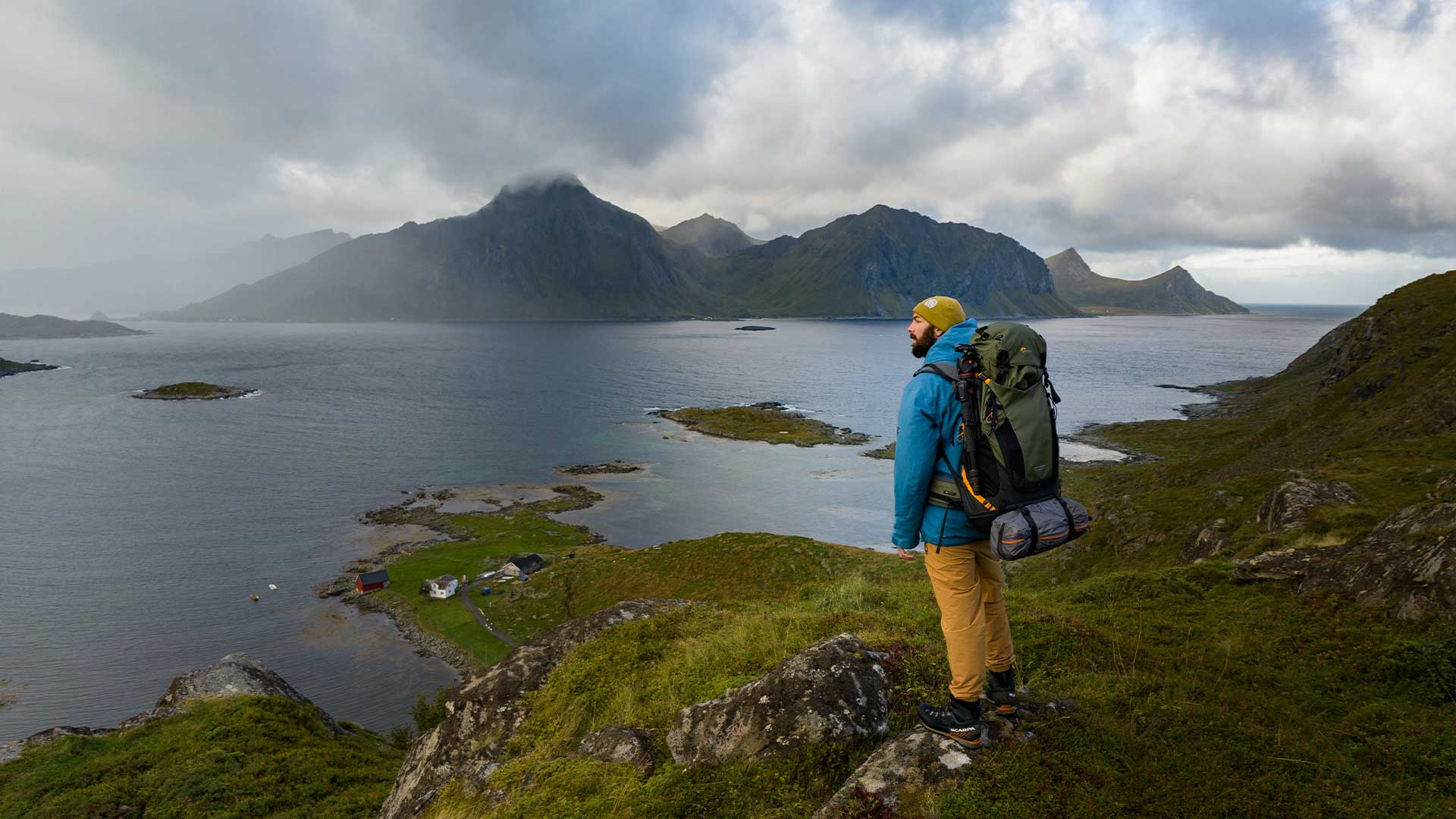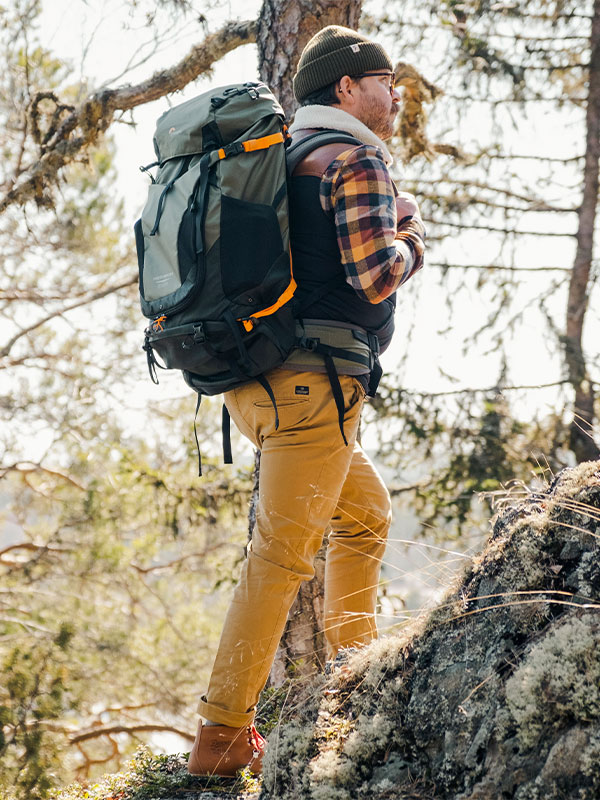A Guide To Landscape Mountain Photography
31.01.2024 | Reading time: 3 minutes
Author: Lowepro
To effectively photograph mountains, you’ll need more than enthusiasm for the and strong legs. Compositional tricks and suitable equipment are also essential.
This guide will help you build your understanding of how to shoot captivating mountain landscapes in a challenging environment.
Understanding Mountain Photography
Mountain photography is not just about shooting peaks. It documents the varying moods, tranquillity and inherent beauty of high-altitude terrains.
Elevation influences photographic outcomes. Higher altitudes provide clearer air which can enhance photo clarity. However, reduced atmospheric pressure can compromise your camera’s functionality.
Accessibility can also be challenging. Reaching prime vantage points might involve rigorous treks. Yet, such locations can create superior photos of sunrises over peaks or clouds enveloping valleys. All you need to do to get started is carry the right kit to these remote destinations.


Outdoor Photography Gear
Here is our recommended kit list for any photographic adventure. Including heading up mountainous peaks.
Camera
Both and are mountain photographers' favourites. Capable in low light, their lenses are interchangeable, making them a versatile choice.
When selecting a camera, ensure it has a robust build, can withstand temperature changes and offers good battery life. This is especially important if you’re heading into high-altitude, colder environments.
Tripod
Tripods are essential equipment for keeping your camera stable at the top of a peak. Reaching your final destination may be tiring and a sturdy tripod means you won’t need to hold the camera steady by hand. It will also avoid shaking if you decide to experiment with long exposure.




Filters
Polarising filters are a particular advantage in this environment. They can reduce glare. Which is useful when shooting lakes or icy surfaces. They also make the skies appear deeper blue, making clouds stand out. Neutral density filters allow for long exposure shots in bright conditions.
Weather protection
Protecting your gear from the elements is essential in all-weather photography. Rain covers are invaluable during unexpected showers. Snow and sand can be abrasive, so having a protective case or bag helps. If you're in icy conditions, consider insulated camera bags or cases that help maintain battery performance.
Camera backpack
More than storage, a good camera backpack is about accessibility and protection. Individual compartments for each lens and a dedicated space for your camera are key. Additionally, weatherproofing and comfort for long treks really matter. Padded straps and back support are crucial when you're hiking with heavy gear.
Essential Camera Settings For Mountain Photography
To capture mountain landscapes at their finest, understanding your camera's settings is pivotal.
- Aperture: A small aperture (e.g., f/16) provides a deep depth of field, ensuring both foreground and distant mountains are in focus
- Shutter speed: For sharper images, use faster speeds. For motion blur, such as flowing water, a slower speed, like 1/15th of a second, can be effective
- ISO: Keep it low, ideally around 100-200, for noise-free images. Mountains provide ample natural light. If you’re shooting at dusk, dawn, or under heavy clouds, you might need to adjust
- Bracketing: For scenes with high contrast, use bracketing. Take multiple shots of the same scene at different exposure levels. Blending these in post-processing will create a well-balanced image
- Focus: Use manual focus and the hyperfocal distance technique to ensure maximum sharpness across the frame. By focusing a third into the scene, both the foreground and background elements remain sharp


How Do You Take Good Mountain Pictures?
Once you’ve reached your vantage point, experiment with these composition techniques.
Foreground interest
Effective photos maintain a focal point. Incorporate foreground elements like rocks, vegetation or animals. This will engage viewers, establish scale and direct attention towards the primary subject. Thoughtfully chosen foreground elements are fantastic for creating photo depth.
Line utilisation
Mountains have lots of linear features such as ridges and waterways. These lines serve as visual guides, directing the viewer's focus within the photograph. Use these features to pull the viewer's attention further into the image.




Emphasising scale
Show the mountain's vastness using recognisable references like humans or flora. This communicates the sheer magnitude of the lanscape by placing familiar elements within expansive terrains.
Varied perspectives
The photographer's position drastically affects how a mountain is portrayed. A ground-level angle elevates mountain prominence. While an aerial perspective provides a broader contextual view.
What Is The Best Time Of Day To Photograph Mountains?
Being outdoors means you have little control over the lighting of your composition. However, there are a few times of day that help to capture the mountain at its best.
- Golden hours: Dawn and dusk periods yield a diffused, warm illumination. Such light accentuates mountain topography and introduces diverse sky hues
- Post-rain: These conditions enhance colour vibrancy. Moistened elements alter light reflection. Plus, meteorological events like rainbows may unexpectedly emerge
- Midday: Noon light is intense, producing pronounced contrasts. This can accentuate mountain ruggedness and detail.
If possible, positioning yourself so the mountain is backlit is a great technique. Setting the mountain’s profile against illuminated backgrounds can produce dramatic silhouettes.


Reaching The Summit
Mountain landscape photography is both a rewarding and challenging pursuit. To get it right you need patience, preparation, and an understanding of your environment and equipment.
As you embark on this journey, remember to capture the grandeur and subtle, fleeting moments of the landscape. With the right techniques and a keen eye, you’ll create images that illustrate the majesty of the mountains.






















